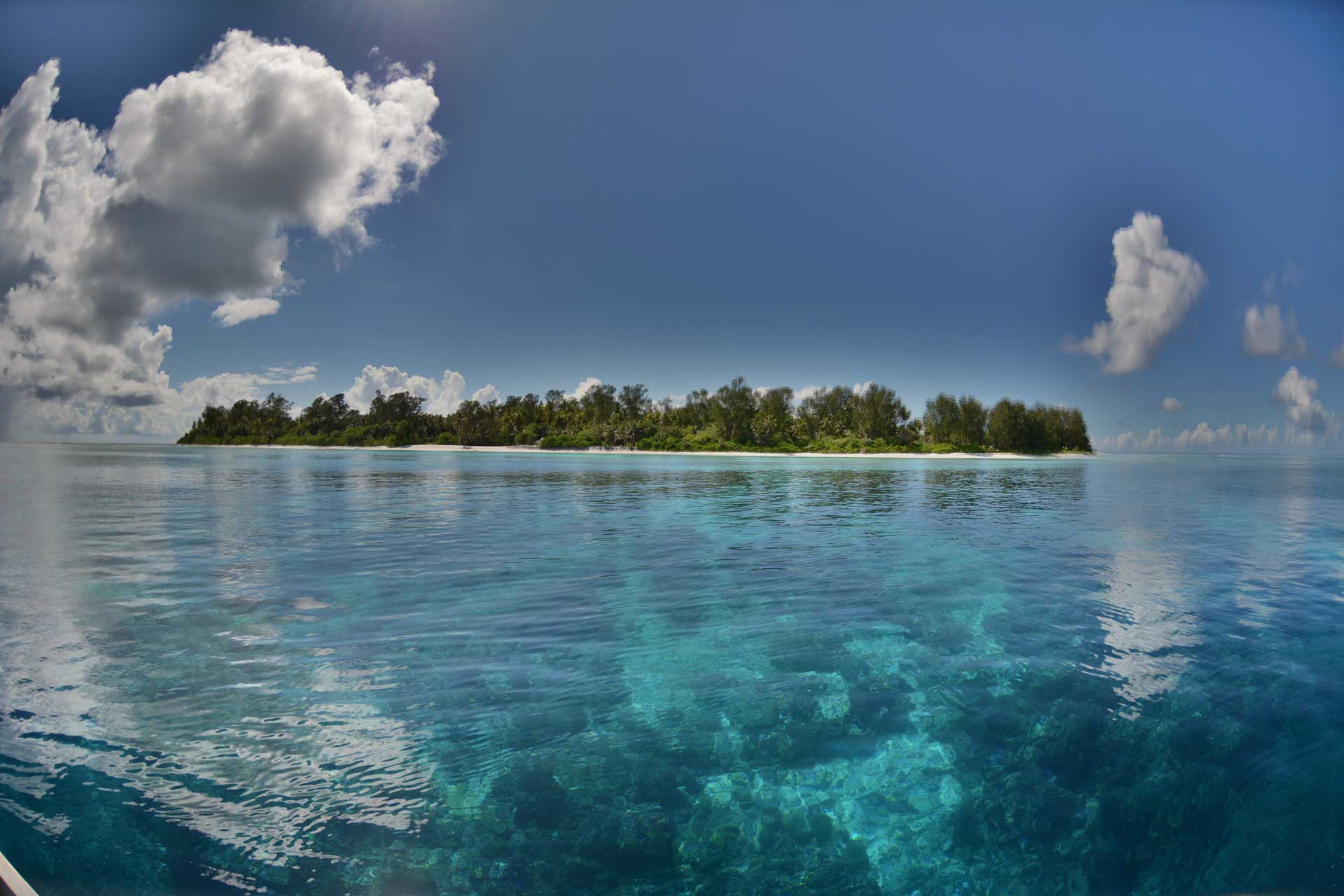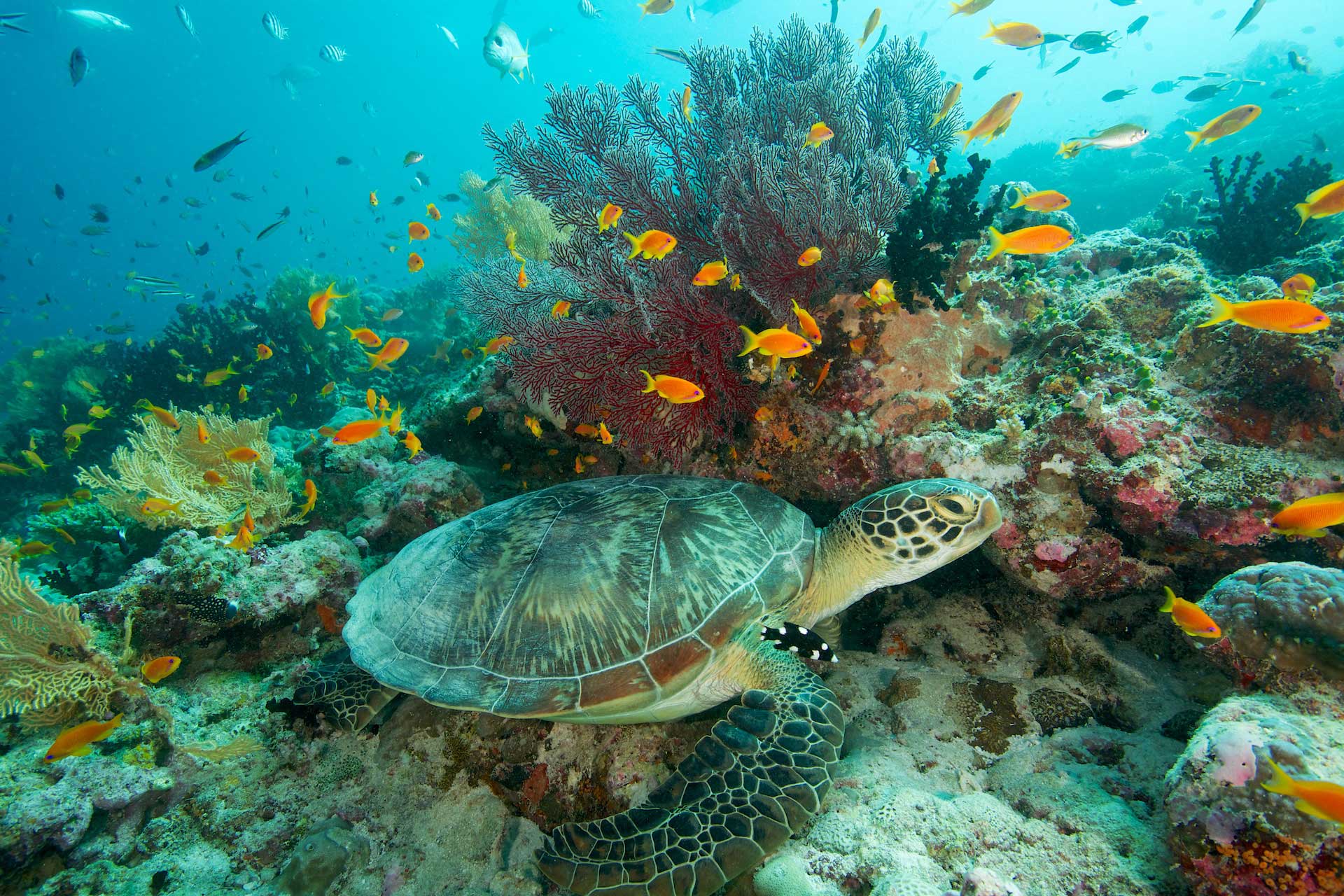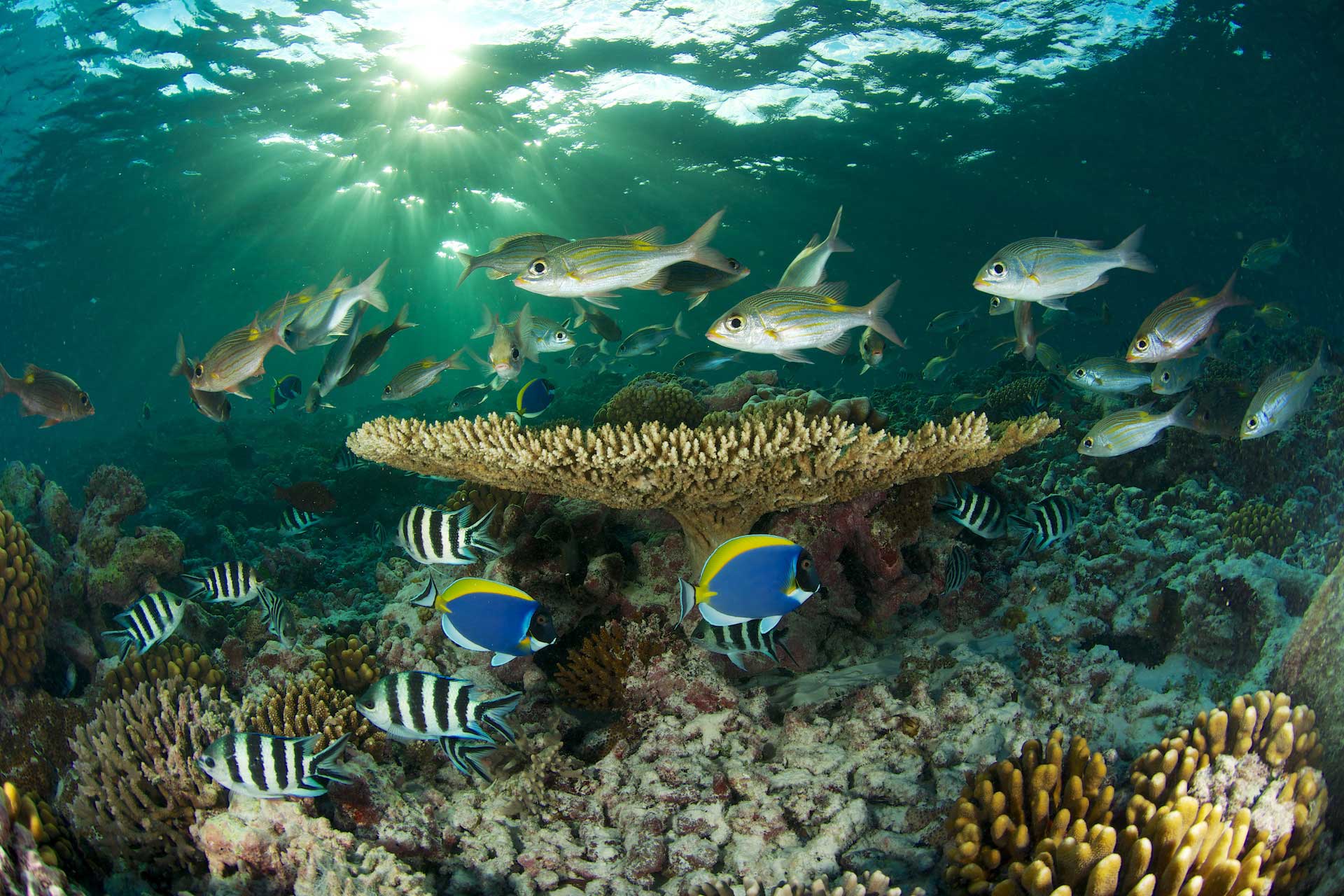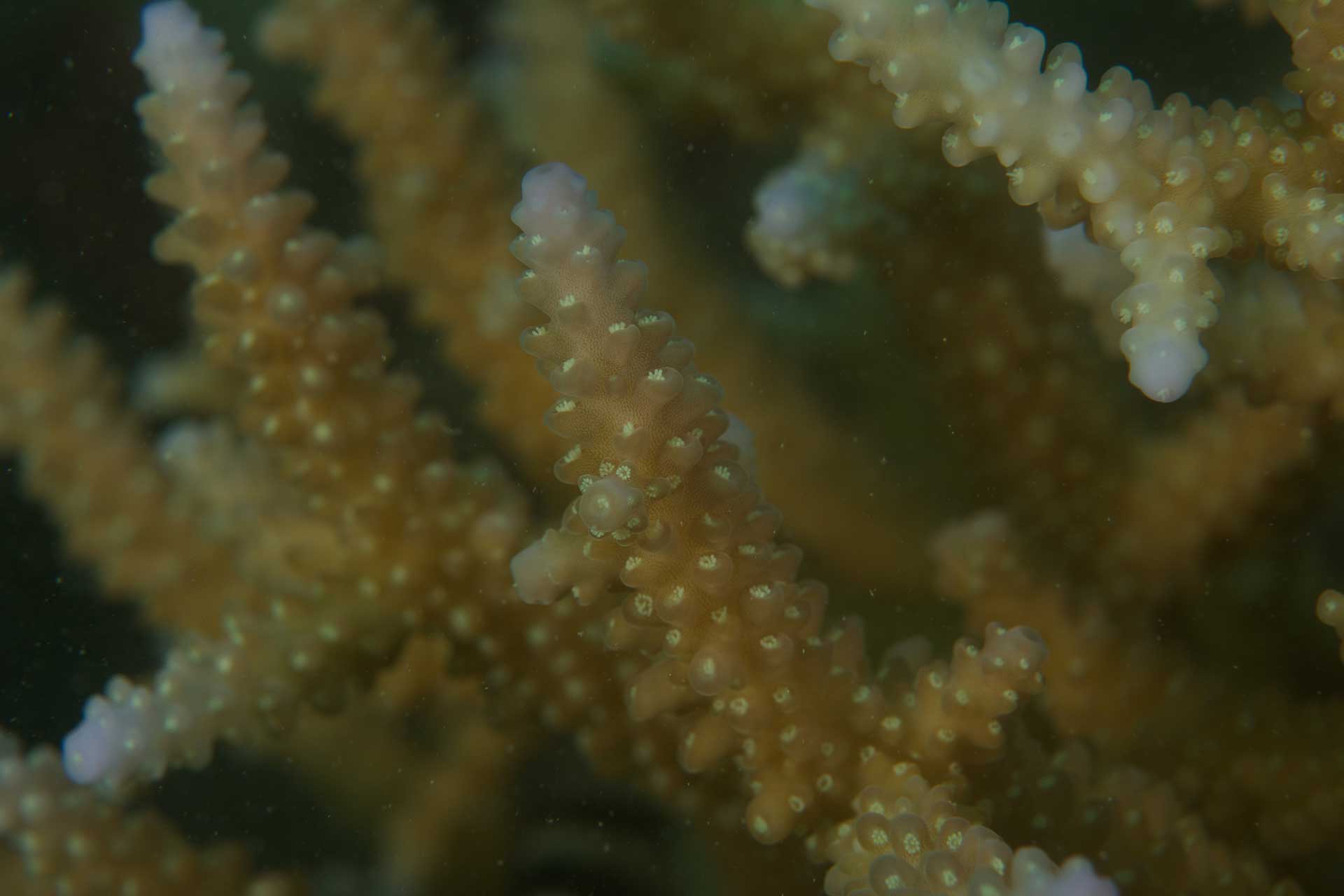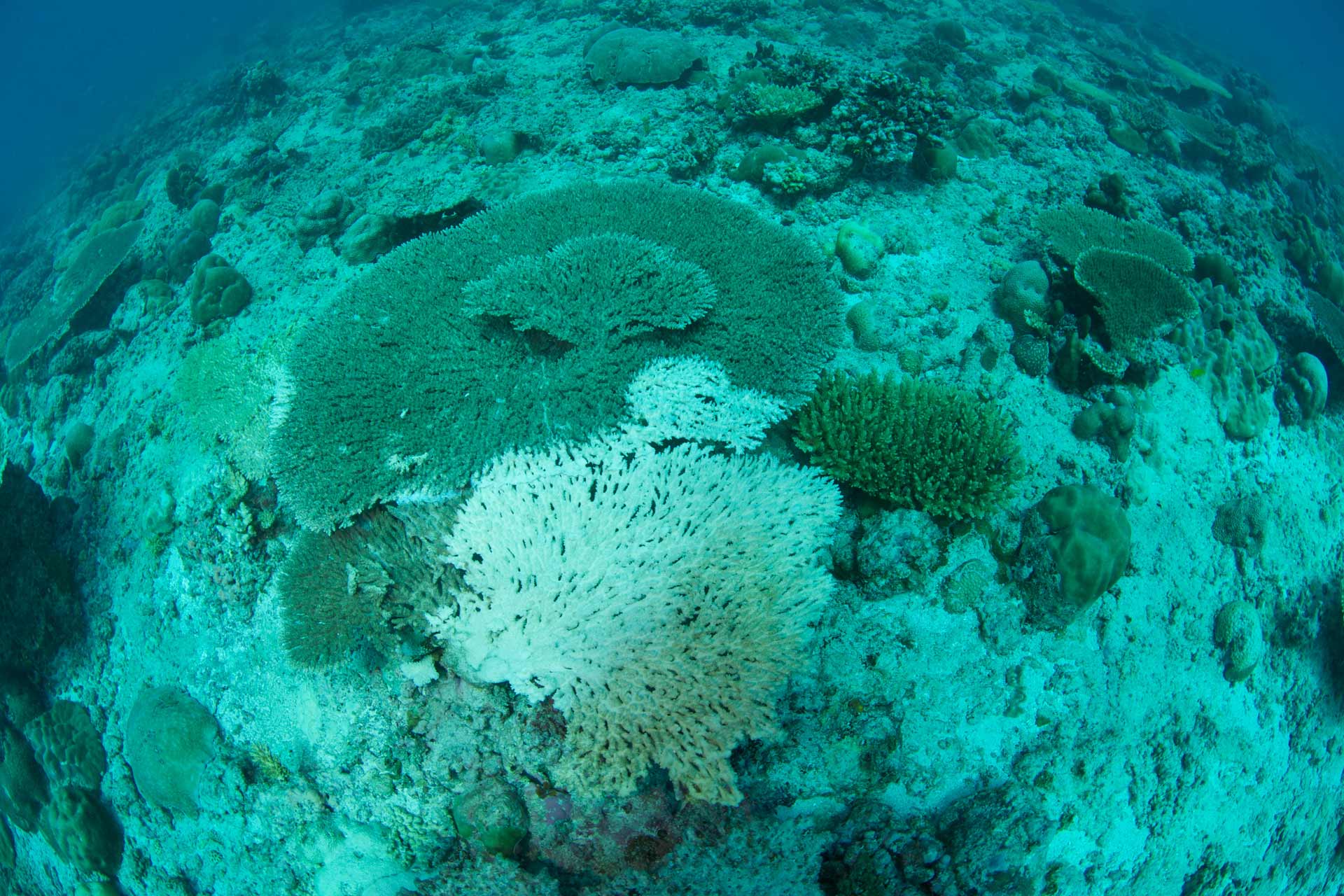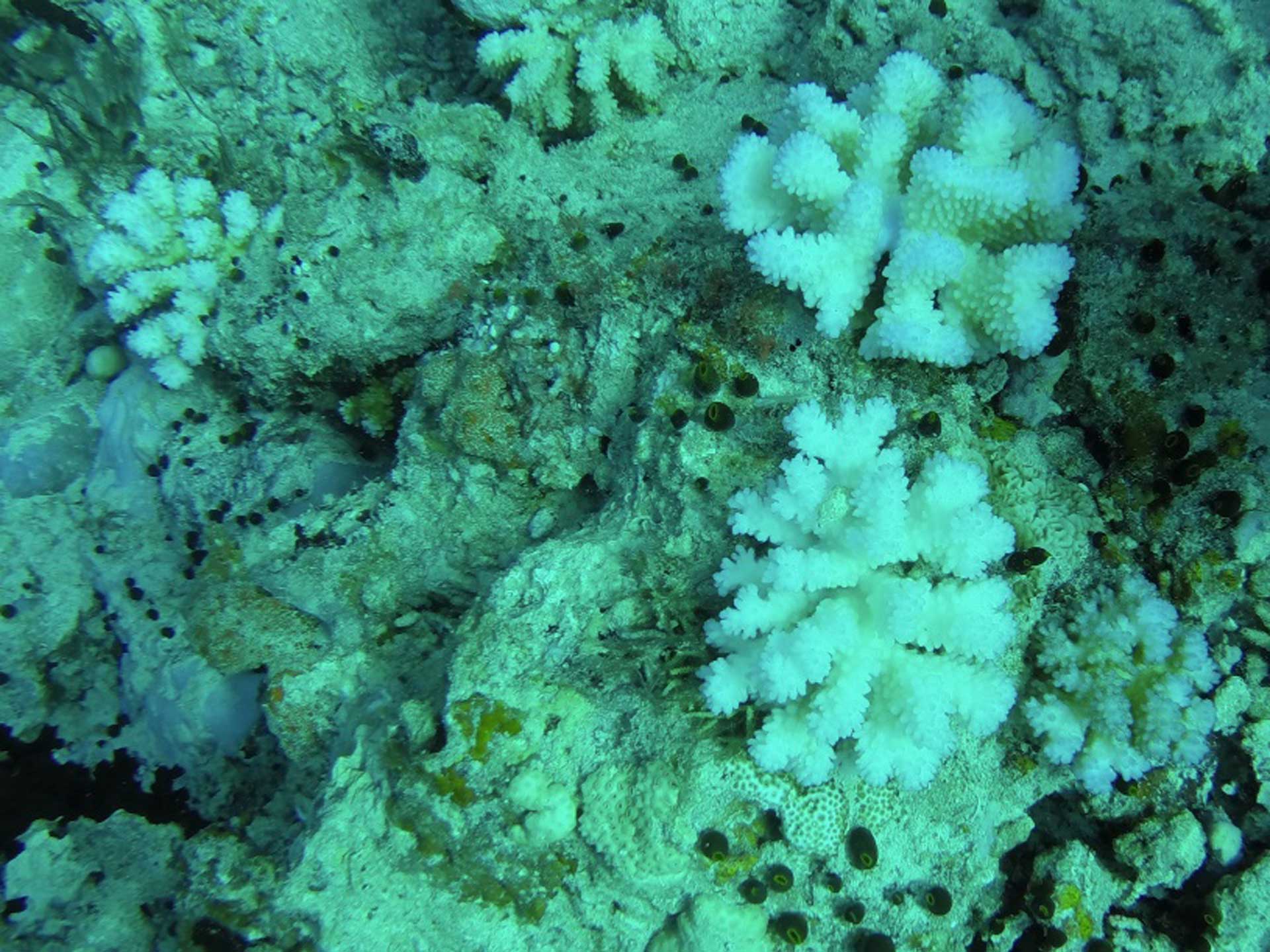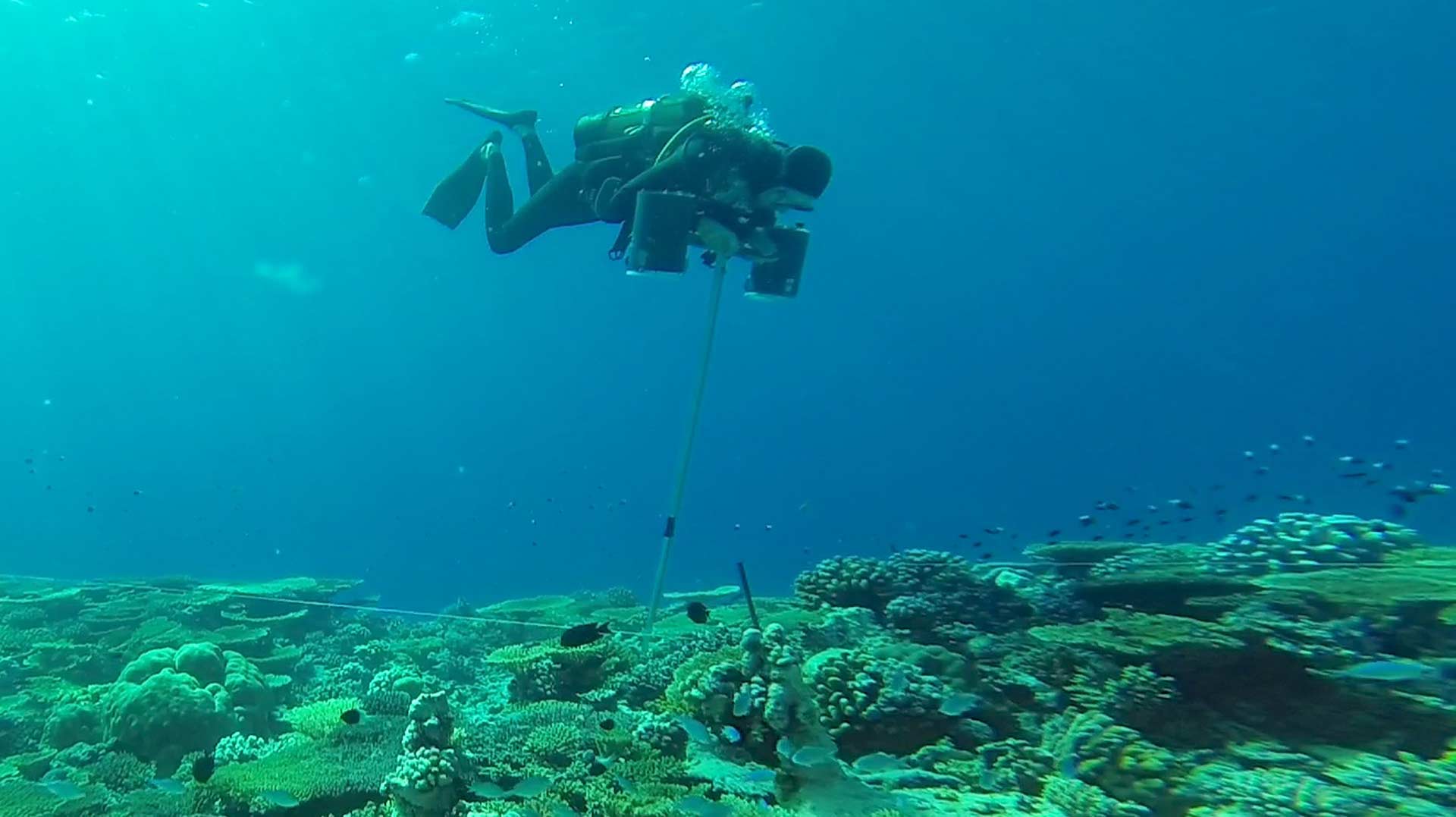Who added bleach to the water?
El Niño, a meteorological buzz word much in use at the moment, defines a climate cycle in the Pacific Ocean that has an impact on weather patterns around the world. The phenomenon begins when warm water in the western tropical Pacific Ocean, which typically pools near Indonesia and the Philippines, shifts eastward along the equator towards the coast of South America. During an El Niño, the trade winds (the prevailing pattern of easterly surface winds found in the tropics) weaken in the western and central Pacific and the ocean’s warmest surface waters sit offshore of north-western South America. The temperature of these surface waters rises because there is less upwelling of cold water from below to cool the surface. The clouds and rainstorms associated with warm ocean waters also shift towards the east.
The weather all over the planet changes as a result of the warm water releasing so much energy into the atmosphere. Scientists are still not certain of the factors that trigger an El Niño cycle and understanding them is made more difficult by the fact that not all El Niño events are the same; fluctuations in the atmosphere and ocean do not always follow the same pattern from one El Niño to the next. According to scientists at the National Oceanic and Atmospheric Administration (NOAA), the El Niño that started in 2015 is expected to be one of the strongest on record.
Tiny islands like D’Arros and St Joseph Atoll in the Seychelles are not exempt from the weather anomalies induced by El Niño. In April we had to batten down the hatches for a week in preparation for the strong winds and rough seas associated with the outer margins of Tropical Cyclone Fantala, which swept past D’Arros. In general, though, we are experiencing much higher rainfall than usual and days so calm that you can’t quite tell where the sea stops and the sky begins. (figure 1) This is great for boating activities, but there is one major negative impact El Niño is having just under the ocean surface: coral bleaching.
In some quarters, coral reefs are considered to be the most biodiverse ecosystems on earth, home to a multitude of different types of invertebrates, fish and turtles. (figure 2) Covering less than 1% of the sea floor, they support an estimated 25% of all marine life. As well as providing feeding, refuge, spawning and nursery areas for a large variety of organisms, reefs are natural breakwaters that minimise the wave impact of storms. (figure 3)
Coral can be defined as a marine polyp that has a calcareous skeleton and lives in colonies. It is a prime example of mutualistic symbiosis – a union of two organisms to the benefit of both. Inside the skeleton of the coral colony live coral polyps and one-celled algae called zooxanthellae. (figure 4) The coral polyps carry out cellular respiration, producing carbon dioxide and calcium carbonate as by-products. The algae then use these by-products to carry out photosynthesis. Photosynthesis produces oxygen, sugars and lipids, which the coral polyps utilise for growth and cellular respiration – and so the cycle continues. The calcium carbonate is used to build the cup-shaped skeleton structure that is strong enough to withstand typical wave action.
The algae give coral its coloration, so when coral is ‘stressed’ – in this case by rising water temperatures caused by El Niño – and expels its zooxanthellae, it loses both the algae and its colour. The resulting lighter or completely white appearance has led to the term ‘bleached’. (figure 5) What remains is the bare, white, calcium carbonate skeleton of the coral. (figure 6) As soon as the algae leave, the coral begins to starve. If optimal ocean conditions do not return soon, the algae do not come back because the stress is still present – and the coral dies.
SOSF-D’Arros Research Centre has an extensive coral reef monitoring programme that has as its fundamental aim the assessment of trends in the structure and health of coral reef communities around D’Arros and St Joseph. In order to detect long-term trends in coral reef communities, the data collection methods and sampling effort are standardised and are repeated consistently over the years. As a consequence of NOAA predictions and warnings, an extensive project to monitor coral bleaching has been established. Six permanent 50-metre monitoring transects have been established at varying depths along the north-facing side of D’Arros. A stereo-video system has been monitoring the condition of the corals, and fish surveys will be conducted to observe fish communities throughout the bleaching event. (figure 7) These surveys will be vital for detecting, outlining and ranking the bleaching, as well as for showing species-specific responses to sea-warming events.

